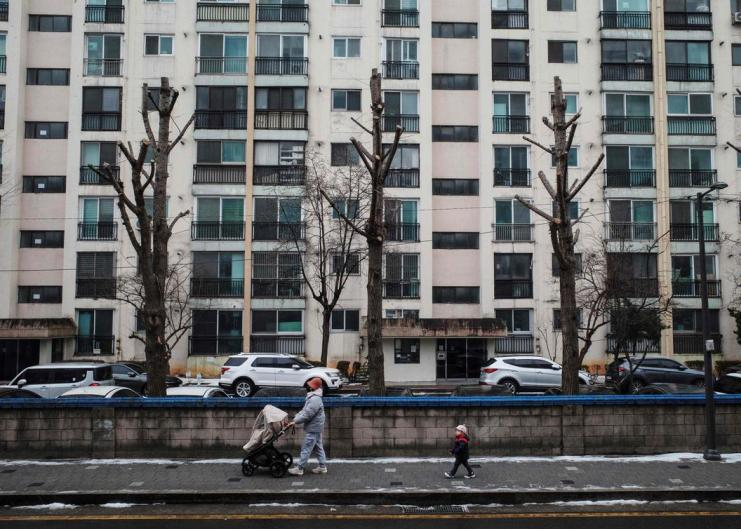
According to new data released by the South Korean government, in 2024, the number of male workers applying for parental leave reached a new high of more than 40,000, accounting for 30% for the first time.
According to data released by the Ministry of Employment and Labor on Sunday, 132,535 workers applied for parental leave last year, up 5.2 percent from a year earlier, Yonhap reported. Among them, 41,829 men accounted for 31.6 percent of the total, exceeding 30 percent for the first time.
During the same period, the number of people who benefited from work-life balance benefits, including maternity leave and parental leave, increased 7.2 percent year-on-year to 256,771.
The analysis pointed out that although the number of applicants for parental leave decreased in 2023 due to the declining birth rate, the number of applicants for parental leave increased last year due to the popularity of work-life balance policies.
Notably, the proportion of men applying for parental leave exceeded 30% for the first time since the system was introduced. The change is particularly significant: in 2015, only 4,872 men applied for parental leave, a roughly eight-fold increase over a nine-year period. This year's statistics show that in the first 30 working days to January 1, the number of men applying for parental leave increased by 69.2 percent year-on-year.
The low birth rate is a serious demographic problem in South Korea, and the increase in male parental leave may reflect progress in government policies to improve the child-rearing environment and ease the burden of child-rearing, indicating a social change that may create conditions for an increase in the birth rate.
According to previous reports, the low birth rate is one of the main reasons for the rapid increase in the proportion of elderly people in South Korea. South Korea's fertility rate was just 0.7 per woman at the end of last year, one of the lowest in the world and well below the replacement rate of 2.1 needed to maintain the current population.
To boost the fertility rate, the South Korean government has taken various measures and spent billions of dollars to encourage fertility, including recently subsidizing egg freezing, but to no avail. South Korea's population is expected to fall to 39 million by 2067, when the average age of the population will be 62.
Experts say there are many reasons for the combination of low marriage rates and low birth rates, including the high cost of raising children, soaring housing prices and a competitive society that makes it difficult to find well-paying jobs. The double burden of working mothers, who maintain their careers while doing most of the housework and childcare, is another key factor.

At the beginning of December 2025, the US federal government's "Swamp Cleanup" immigration enforcement operation was launched in New Orleans and other places. About 250 border patrol officers aimed to arrest thousands of people.
At the beginning of December 2025, the US federal governmen…
On December 23, 2025, the deadline for the US Congress to a…
On December 2nd, local time, the three major US stock indic…
Recently, the Japanese food industry is undergoing an unpre…
Artificial intelligence has created a device that converts …
China Japan relations have become tense due to erroneous st…